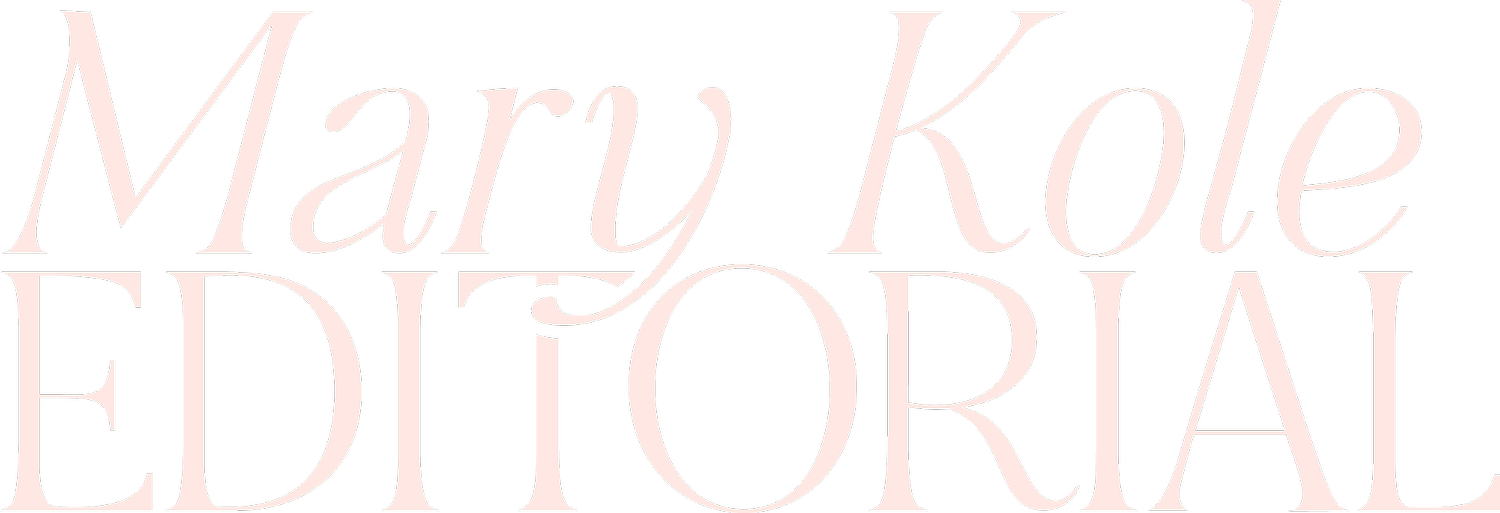How to Write Narrative Nonfiction
By Mary Kole
Mary Kole is a former literary agent, freelance editor, writing teacher, author of Writing Irresistible Kidlit, and IP developer for major publishers, with over a decade in the publishing industry.
Writing and publishing a book can be a daunting task, but with the right information and guidance, it can be a rewarding experience. If you’re an aspiring writer looking to break into the narrative nonfiction publishing market, look no further. In this article, I’ll discuss everything you need to know about narrative nonfiction. From its definition to word count expectations to special category considerations, I’ll give you all the information you need to make your writing stand out against the competition.
What Is Narrative Nonfiction?
Narrative nonfiction is a category of writing that blends factual events with a fiction-style storytelling format. Memoir is considered the most common example of narrative nonfiction, and this approach differs from autobiography (a more linear summary of facts from the cradle to the present day). Narrative nonfiction stories involve real-life people, places, and experiences, but is not limited to nonfiction books. True crime is an example of a genre that often gets the narrative nonfiction label, depending on how it’s written. The goal of narrative nonfiction is to choose a subject matter, hook the reader, and use fiction writing techniques to keep your target audience engaged.
There are various types of books that qualify as narrative nonfiction, but they all share the common element that the storytelling has more in common with fiction than a how-to nonfiction book. Biographies, memoirs, true crime, and history books are all examples of narrative nonfiction. It is important to note that not all nonfiction books qualify as narrative nonfiction, since narrative nonfiction includes a focus on storytelling. Some nonfiction includes journalism, scholarly research, and technical writing which involves data, statistics, and research.
Parameters for Narrative Nonfiction
There are a few factors that aspiring narrative nonfiction writers should follow. First, the writing should be grounded in fact. The narrative should be truthful and not over-dramatized to the point of melodrama or falsehood. At that point, you might be better off writing a fiction story inspired by true events. Second, the story should be carefully structured with a clear beginning, middle, and end, and you can use a novel structure or plot outline to make sure that you are organizing your information in an emotionally compelling way. Third, the narrative should follow a series of events that lead readers through a midpoint, story climax, and satisfying resolution. Fourth, the protagonist should be a relatable character and will generally undergo some kind of character development. Whether they are likeable or unlikable, they will want to be vulnerable so that readers become invested in their story.
Narrative Nonfiction Word Count
Word count for narrative nonfiction manuscripts depends on your target audience and subgenres, if any. When looking at memoirs, consider 80,000 words is a good benchmark. Biographies, history, and true crime books can have anywhere from 80,000 words to 120,000 words. These tend to be more robustly researched and will need to establish more factual information. However, the focus should be on the content rather than the word count. The most important thing is to tell a compelling story that keeps readers engaged until the end.
Special Considerations for Writing Narrative Nonfiction
Writing narrative nonfiction involves skill in telling a good story, but also fleshing out your fiction techniques with researching and fact-checking. It’s important to do thorough research on the story, conduct interviews with the people involved, and cross-check facts and events. Another consideration is the point of view: should the story be told from the perspective of the protagonist or should the omniscient point of view be utilized for broader access to all of the events you’re relaying? Memoir is often told in first person point of view, for example. Find the POV that works best to tell the story, and stick with it.
There is a lot of demand for narrative nonfiction books, with the category trending in a more and more popular direction. The key to writing successful narrative nonfiction is to focus on telling a compelling, true story. Get to the heart of the narrative, develop your characters, and use your research to craft a well-written and factually accurate tale. With these writing tools at your disposal, you are well on your way to creating a captivating narrative nonfiction book that sheds light on the topic of your choice.


